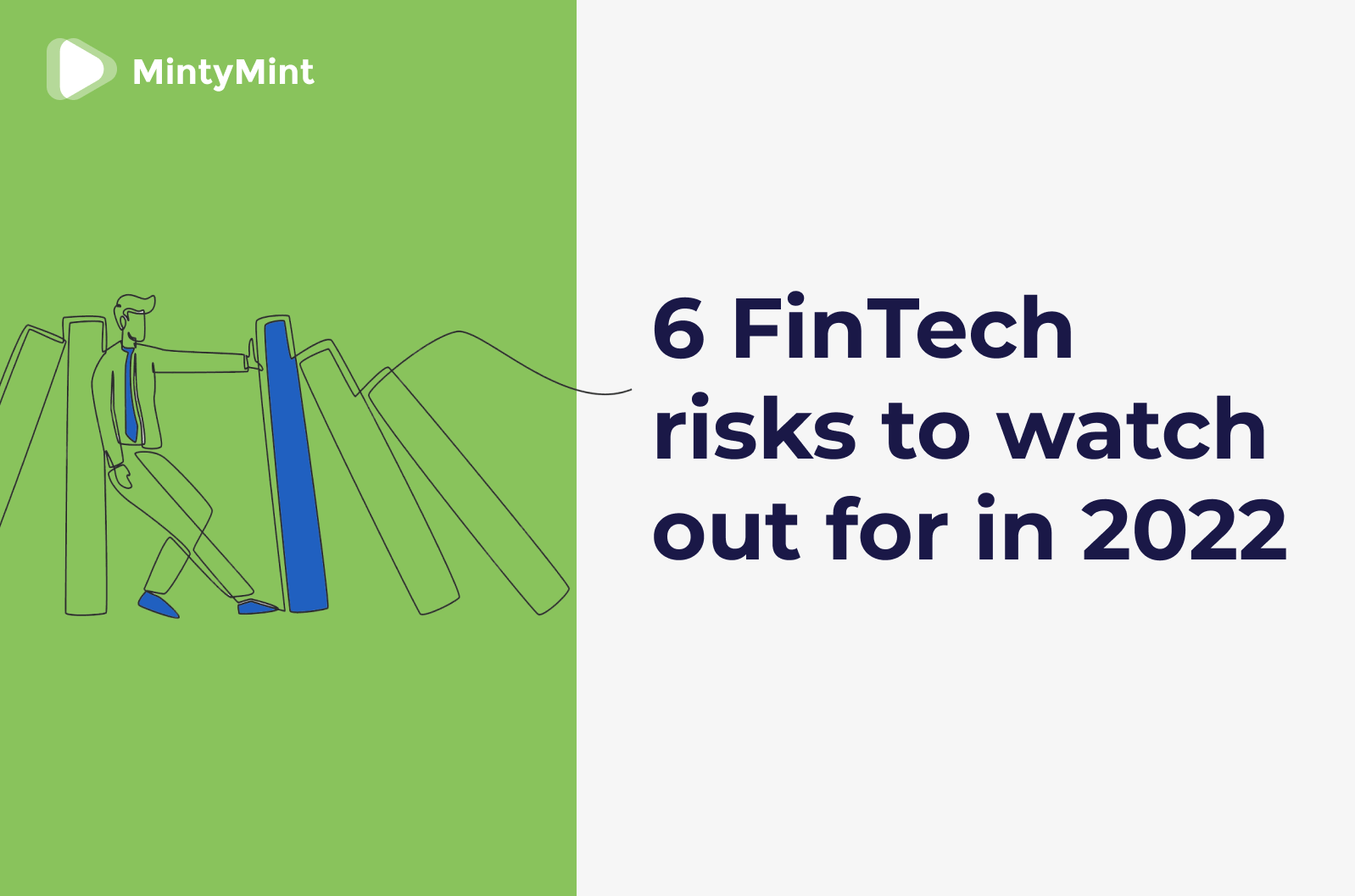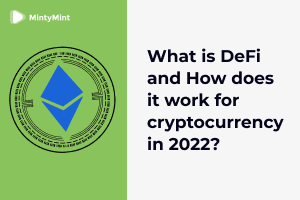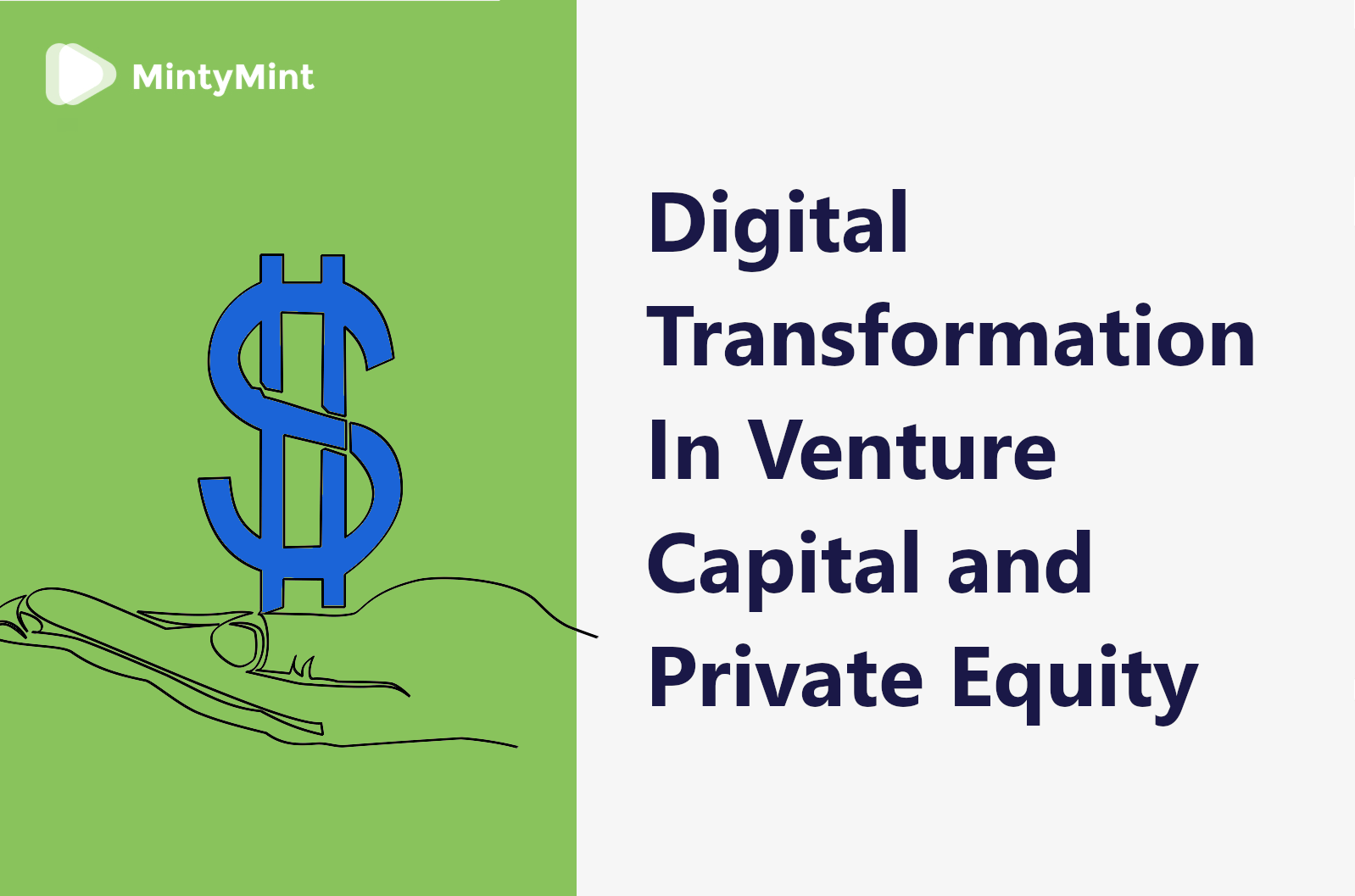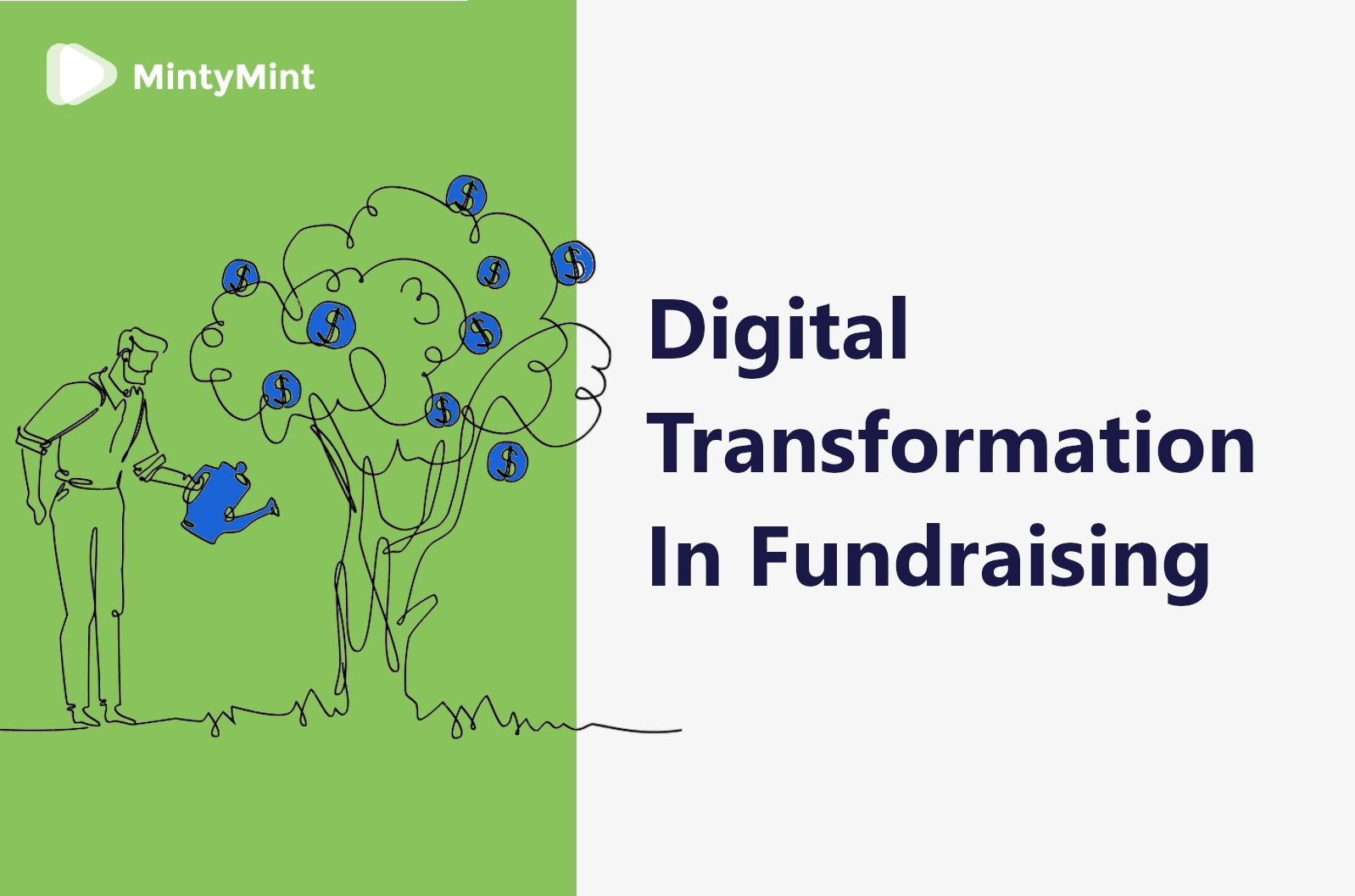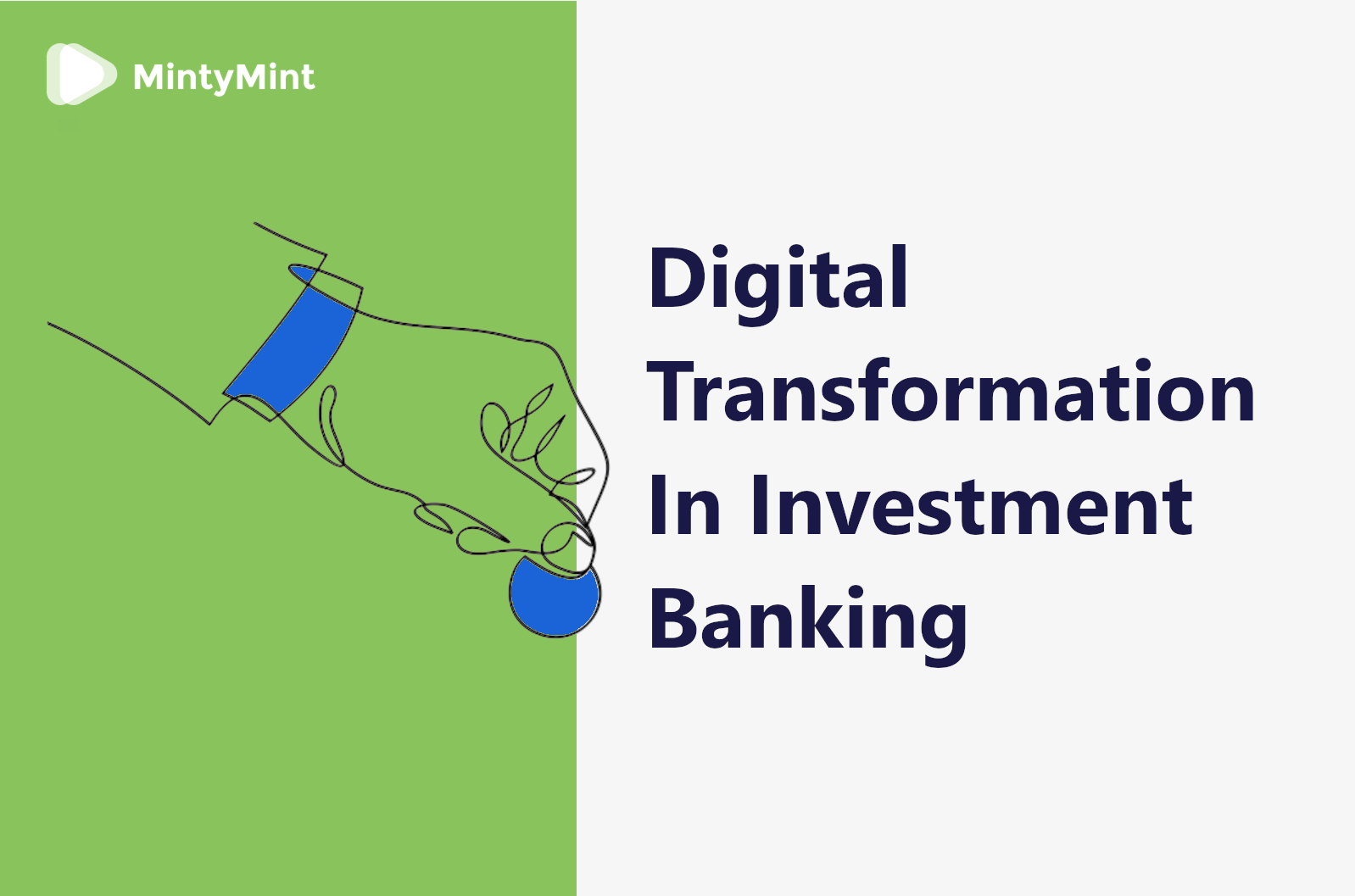5G towers are rising on every corner of the cities around the world like McDonald’s restaurants in the 90s. And while the revolutionary network is shrouded by conspiracy on one hand and excitement on the other, the facts speak for themselves: 5G is not so much an inevitable future anymore, but rather a reality arrived at the doorstep.
What does this mean for the average consumer? How does the new technology standard affect the advancement of the Internet of Things? And most importantly what is its role in global digitization? Let’s find out.
First things first
Before anything else, what exactly is 5G?
5G stands for fifth-generation wireless cellular connection, which network companies began widely deploying as recently as last year. It is the successor of the well-known and widely applied 4G, which dominates the Internet consumer market today.
Technically speaking, 5G utilizes radio waves to transmit data – just like other wireless technologies. What makes it distinct from the competition, is a higher frequency of the radio signal that 5G operates on (up to 2.7-39Ghz, against 0.7-2.7Ghz for 4G). Sound clear: the higher the frequency the higher the data bandwidth. That said, it’s not all that simple in reality.
Here’s how network speed has changed over time:

The physical consequence of using high frequencies is a shortened wavelength that inevitably comes along. And a shorter wavelength means a smaller distance the signal can travel without quality loss. And when it comes to creating an Internet network, this means that 5G requires a far more dense cellular geography to achieve even coverage. In simple words, it requires installing a lot more cellular towers per area to effectively penetrate buildings and landscape irregularities in order to reach the consumer.
When fully set up, 5G can support up to a million devices per sq kilometer (as opposed to just a 100,000 for 4G) and offers a whopping broadband speed measured in Gigabits per second – similarly to the cable internet capabilities.
Why 5G?
So, what exactly do we need 5G for? Does the opportunity of watching 4k online really drive all of the hype around the new network standard alone?
Well, the main reason behind the introduction of 5G is indeed the increased download speed it offers. However, there are a few equally important things that come out of achieving faster web access.
IoT
First of all, apart from your evening movie-watching routine, 5G is highly beneficial to the development of the IoT. By increasing connection speed and coverage, as well as the number of supported devices per area it allows surpassing the present limits to establishing a mesh of connected devices.
Internet of Things is among the fastest growing and most important layers of the new digital realm that we are entering nowadays. So, it’s quite hard to overestimate the importance of facilitating IoT with a radically better type of web access. Btw, you may read more about IoT and it’s part in creating the future today, in our previous article.
Global wi-fi
Secondly, and this is far less obvious, 5G has the potential to replace local internet service points (like cable internet and wi-fi) with a single, universally applicable technology. Yes, you heard that right. A universal wi-fi will be here before the universal basic income (who’s to judge what is best?).
Check out Ookla’s up-to-date map of 5G rollouts in cities around the world.

Indeed, why bothering with installing cable internet (which requires digging / boring / drilling) and extend it via countless wi-fi routers when you can have a wi-fi cover the entire globe?
It sounds perfect!
Yet, there are actually some concerns…
5G troubles
However great the technology is, it’s a lot like a troubled teen in a household.
Your neighbors don’t like it.
Ever since the introduction of 5G, rumors, disbelief, and even fear and hate just won’t let it go. In this regard, it is (rather widely) believed that the increased density of radiofrequency electromagnetic fields (RF-EMF) caused by a web of 5G network towers may be harmful and poses a threat to people and the environment exposed to it.
In fact, hundreds of scientists from over 30 countries have signed an appeal to the European Union Commission, warning about the potential consequences of rolling out the new 5G cellular network. It should be noted that these claims do not come with no evidence behind it. A number of substantial studies by some of the reputed health protection organizations have found a link between elevated RF radiation exposure and DNA damage.
This point of view, of course, rests at a polar opposite side on the specter of speculation surrounding 5G – as opposed to the obviously arrogant yet surprisingly widespread theory that the cell towers cause COVID.
Whichever reasoning came more convincing for the radical protesters against the new technology, the fact that many 5G cell towers were knocked down and set on fire in the UK indicates that a part of the public does not welcome 5G into their lives yet.
It’s expensive…
Costs are always an important part of the discussion when evaluating a project. When it comes to 5G, the price is not its strongest feature.
Current 4G carriers use 3-4x fewer towers than needed for 5G, and setting up those additional network points is not free. Not only the equipment costs a pretty buck, but it also has to be located somewhere. This means that placing a 5G transmitter requires either building a new tower or attaching it to an existing tower or building. This comes along with land use right, permits, construction, etc. – all kinds of associated costs.
Now, these costs are difficult to estimate precisely since each carrier has its own ways. That said, independent experts estimate an average installation cost of up to $200k per microcell. Each of these transmitters has a reach between 0.2 and 2 kilometers and can support up to 2000 devices. Read more about the 5G network structure here. Now, you can compare these figures with the number of potential users, along with the areas of their distribution… Avoiding to delve into complex math, it’s safe to say that setting up a next-gen broadband Internet system is quite expensive even for the industry giants.
As for the average consumer, replacing one’s old smartphone with a new one that supports 5G, in addition to advanced carrier plans, is also a hefty investment to consider.
Here are T-Mobile’s 5G plan options, just to have a clue:

… and immature.
Last but not least, it does seem like the revolutionary technology that’s been promised is just not ready yet. Yes, there are a lot of towers in major cities around the world. Yes, the new smartphones support the new technology. And yes – carriers are already offering us that lightning-fast 5G Internet “for just $69.99”.
All that being the case, the coverage is not great, neither are the 5G smartphone prices, nor the actual Internet speeds. There are still connectivity issues in buildings and densely-built areas, and providing 5G to urban areas is just economically disastrous.
Unfortunately, but this is the 5G’s harsh reality we have to face.
Starlink
Speaking of dreams and reality, another obstacle on the 5G’s way to a bright future may be posed by one of the most daring entrepreneurs in modern history – Elon Musk.
The tycoon’s advancements to create his own universal data network called Starlink is a heavy counterforce to the “mainstream” 5G. What sets Starlink apart from other similar technologies is that it is meant to operate through a web of satellites circulating on a lower Earth’s orbit, as compared to most current space objects. In fact, the satellites fly so low you can see them in the night sky – just like the stars. And since they are linked (it seems so) the network is called Starlink.
Pretty creative, isn’t it?
What’s valuable for considering Starlink as an opponent to 5G is the history of the inventor’s startling projects, which daring, revolutionary, and most importantly – successful every time. Giants of the payment, automotive, and space industries have already fallen prey to Musk’s ambition. And given that 775 Starlink satellites already orbit the Earth – this is definitely something to watch for. Both for the average consumers and the key industry players.
So, is 5G overrated?
5G is clearly a promising technology throwing a lot of benefits on the table. However, the technical part of it is still underdeveloped. Definitely, a great idea, it has fallen victim to big business’s greedy advancements and is just overmarketed for the moment.
All in all, there’s still a long way for 5G to make to live up to the people’s expectations. And given the alternatives that emerge in the global Internet services market, it is not quite clear where will this path end.







